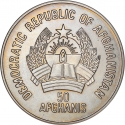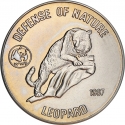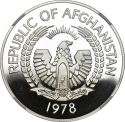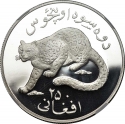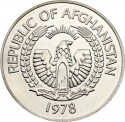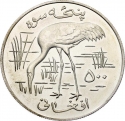You are about to finish your registration. Please check your mailbox (including spam folder). There should be a letter with a confirmation link. Check setting to make sure that your e-mail address is correct.
Send letter againDescription
The World Wide Fund for Nature (WWF) is a Swiss-based international non-governmental organization founded in 1961 that works in the field of wilderness preservation and the reduction of human impact on the environment. It was formerly named the World Wildlife Fund, which remains its official name in Canada and the United States. WWF is the world's largest conservation organization, with over five million supporters worldwide, working in more than 100 countries and supporting around 3,000 conservation and environmental projects. They have invested over $1 billion in more than 12,000 conservation initiatives since 1995. WWF is a foundation with 65% of funding from individuals and bequests, 17% from government sources (such as the World Bank, DFID, and USAID) and 8% from corporations in 2020.
Afghanistan is renowned for its diverse wildlife, with many of its larger mammals listed as globally threatened by the International Union for Conservation of Nature. Notable among these are the snow leopard, Marco Polo sheep, Siberian musk deer, markhor, urial, and Asiatic black bear. Other significant species include the ibex, gray wolf, brown bear, striped hyenas, and various birds of prey. Marco Polo sheep and ibex are primarily poached for food, while wolves, snow leopards, and bears are often killed to prevent damage.
Obverse

|
Depicts the coat of arms of the Republic of Afghanistan, the country name in English above, the date below. REPUBLIC OF AFGHANISTAN |
|---|---|
Reverse

|
Depicts a Marco Polo sheep over grass, with a numeral value at the right with Pashto letters above. لس زره |
| Edge |
10 000 Afghanis
Republic
World Wide Fund for Nature
Marco Polo Sheep
Subscribe series
KM# 982 Schön# 100 Fr# 43
World Wide Fund for Nature
Marco Polo Sheep


